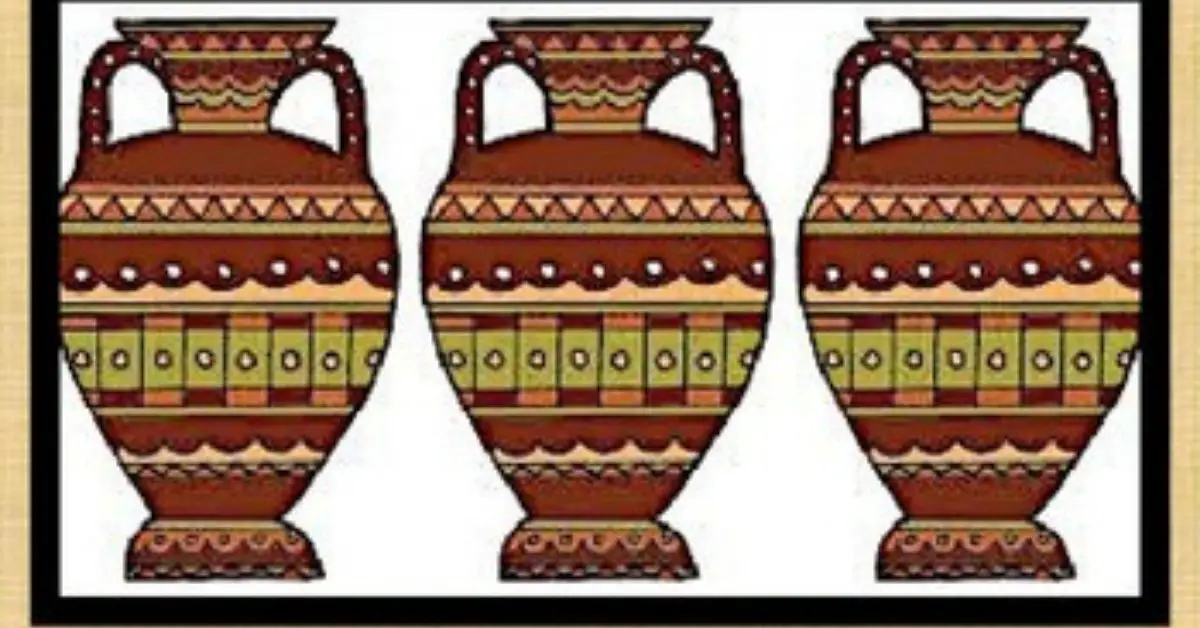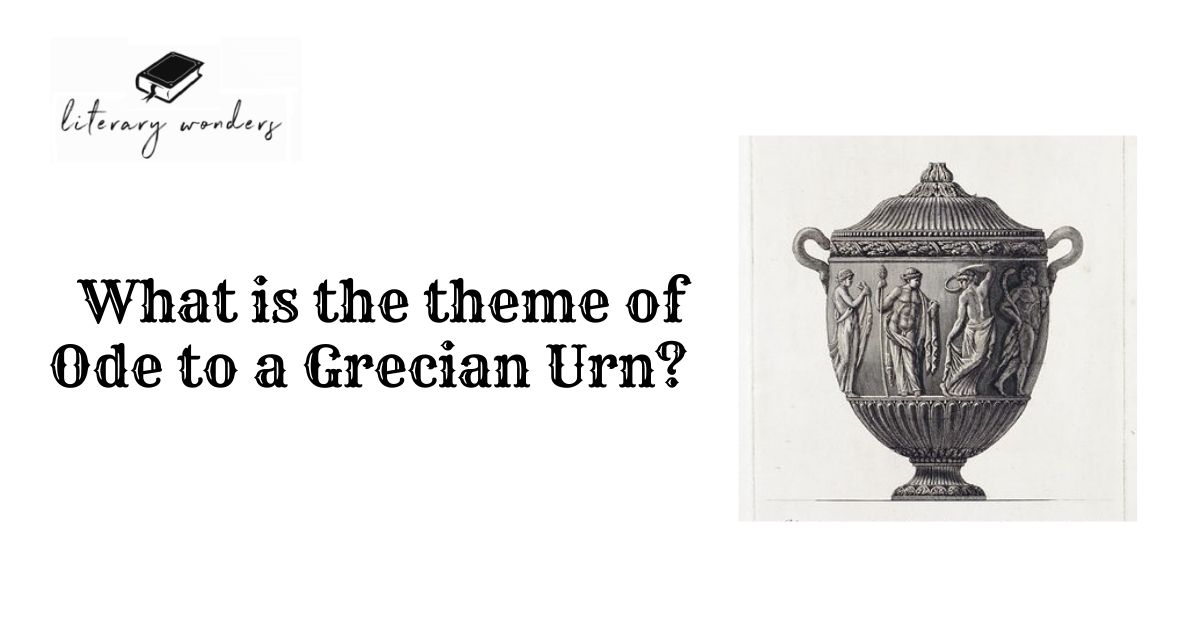
This article is set to provide a detail answer of the question, what is the theme of Ode to a Grecian Urn? Ode to a Grecian Urn, a poem by John Keats, was first published in 1820, but it became much more popular when it was published in the 1923 edition of The Oxford Book of English Verse. It’s an example of an ekphrastic poem, which means that it’s written in response to another piece of art (in this case, a piece of ancient Greek art). The Grecian Urn focuses on beauty and mortality and contains several hidden references to death and funeral imagery. All these different meanings have given it several possible themes over the years.
Also, the poem, Ode to a Grecian Urn explores the themes of loss and impermanence in the context of Greek history and mythology. Keats’s interest in Greek history can be seen through his other poems as well, such as Hyperion and Lamia, which depict events from ancient Greek culture and history that feature effective use of symbolism. An example of this symbolism can be found in Ode to a Grecian Urn, with the urns depicted as vases with broken handles.
Thematic Elements in the Poem
The thematic elements incorporated in the poem are loss, memory, and mourning. The urn commemorates an important loved one and thus represents grief and loss. This idea is found in Keats’s Ode on a Grecian Urn and Shelley’s Ozymandias.
There is also recollection present because those who visit to look at it are thinking about those who are gone; without people like us, we might not remember them—thus falling into forgetting or oblivion.
Two Significant Themes
Although the poem encompasses many themes, there are two evident themes: birth and death. In Ode on a Grecian Urn, there is an implied contrast between birth, life, creativity, death, sterility, and destruction. However, Wordsworth describes it more poetically as life-like passion and soul-piercing thought.
These two themes stand out because they are unexpected in connection to urns, which were generally thought to be only ornamental objects that were meant to symbolize pure artistry (like flowers). This proves to be important in understanding his argument against his contemporaries who thought too much about their profession as fine arts at times when greater issues (such as politics) needed to be addressed instead.
Immortal Nature of Art
Ode to a Grecian Urn is a poem about art. The poem speaks about how beautiful art can be and compares it to nature itself. However, as we read on in the poem, there is some irony here as it says that mankind’s works cannot match what nature has done. This means that humankind shouldn’t be creating anything at all because everything man tries to make will never compare with what nature has already done.
Conclusion
It is said that there are three levels to reading poetry: literal, metaphorical, and spiritual. The theme must be present in all three for a poem to be considered one of significant value. Following the same, John Keats’s Ode on a Grecian Urn describes an object whose beauty is only skin deep.
Suggested Article: https://literarywonders.com/when-i-have-fears-by-john-keats/

